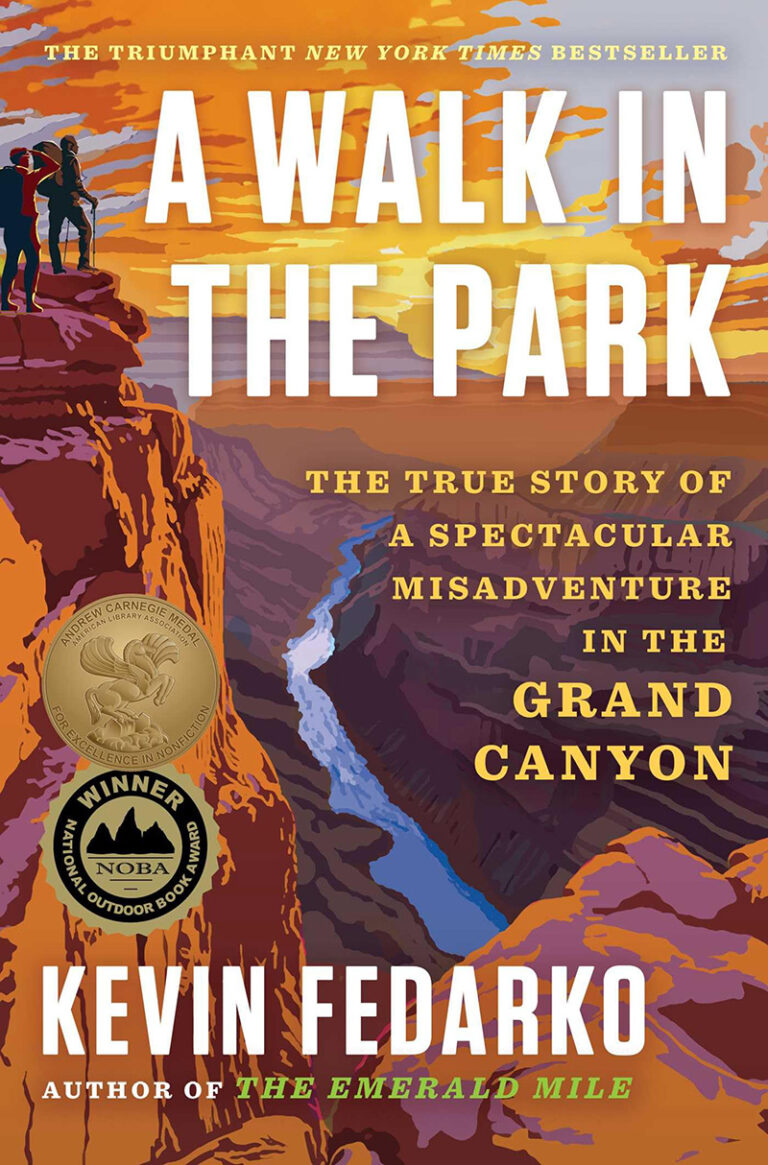Wildlife Of The Pacific Northwest: Tracking And Identifying Mammals, Birds, Reptiles, Amphibians, And Invertebrates
David Moskowitz
Timber Press, 2010, 64 pages.
Wild animals, for most Americans, are not experienced as truly wild. I’m not just talking about the ones in zoos, parks, neighborhood trees, and the occasional visitor in our backyards. Glimpsed fleetingly in chance encounters along a trail or rural road, wildlife as we know it still exists mostly on the comfortable side of the border between civilization and wilderness. Even with hunting, where one must cross that border to really succeed, too often it’s an exploitive relationship that serves the “civilized.”
But with his new book Wildlife of the Pacific Northwest, David Moskowitz—teacher, researcher, writer, photographer and environmental activist – offers tools with which one can delve deeply into the wild world of animals.
The book’s subtitle, Tracking and Identifying Mammals, Birds, Reptiles, Amphibians, and Invertebrates, only hints at the wide range of information Moskowitz presents in drawing from his years of experiences with wild animals in their native habitats. Tracks – usually footprints and their sizes, shapes, distinctive features and patterns – are discussed in much detail and illustrated with photos and diagrams. But that’s just the beginning. Moskowitz takes the reader further, teaching awareness of contexts from the subtle to the grand. The angled cuts on tips of shrub branches suggest feeding by a rabbit or a hare, but its location away from dense cover informs that lurking nearby is a jackrabbit—not a cottontail or snowshoe hare.
The book’s beautiful photographs alone—animals in their habitats, their tracks and signs—are almost enough to draw one into the wild spaces. Practically every page has a photo or a detailed diagram illustrating interesting facts of the world of wild animals.
Wildlife of the Pacific Northwest is about ecology. It describes animals in relation to preferred habitats defined by climate, elevation, vegetation and other animals—painting them into the mosaic of complex interrelationships that are the engines driving the natural world. But ultimately the book succeeds far beyond the typical field guide, offering the reader an enticing bridge for crossing into and reconnecting with the truly wild that exists all around, and ultimately within.
Jeff Juel
Written In Water: Messages Of Hope For Earth’s Most Precious Resource
Edited by Irena Salina
National Geographic Books, 2010, 304 pages
This collection of essays reminds us again that, in the words of Ben Franklin, “When the well is dry, we know the worth of water.” Salina has gathered over two-dozen essays by a host of preeminent water policy thinkers and water supply researchers to tell a story Written in Water. What makes this book valuable to the citizen newly interested in the world’s water issues is the breadth of coverage. Salina exposes the reader to some of the pressing water issues in the developed world along with the fundamental supply problems prevalent in the planet’s developing nations. Nestled among essays covering the sexual bias in water procurement in India and Africa are tales of water woes in the developed world.
Several essays expose the problems faced by women and girls in developing nations. When girls —on whose shoulders (literally) the responsibility for procuring water lie—spend up to six hours a day hauling enough water for the family to survive, school isn’t an option; a supply of potable water near villages is a prerequisite for a democratic education in developing nations.
Emerging water supply problems in the developed world are discussed. These include over- drafting of the Ogallah aquifer. The Ogallah is the main water supply for the Western Great Plains “breadbasket” where almost a quarter of the grains and legumes in the U.S. originate. As the aquifer becomes unavailable for crop irrigation, our nation’s ability to provide surplus food to other nations will vanish.
Written in Water is an excellent primer on the existing water problems human society faces. It delves into how the current trends in climate will make those problems worse. Most importantly, for the American reader, it shows how we, with our assumed abundance of water, are not immune to water problems.
My only criticism of the book is the omission of an essay by the editor that links the basic message of emerging water problems with some of the solutions presented in the book.
Stan Miller













